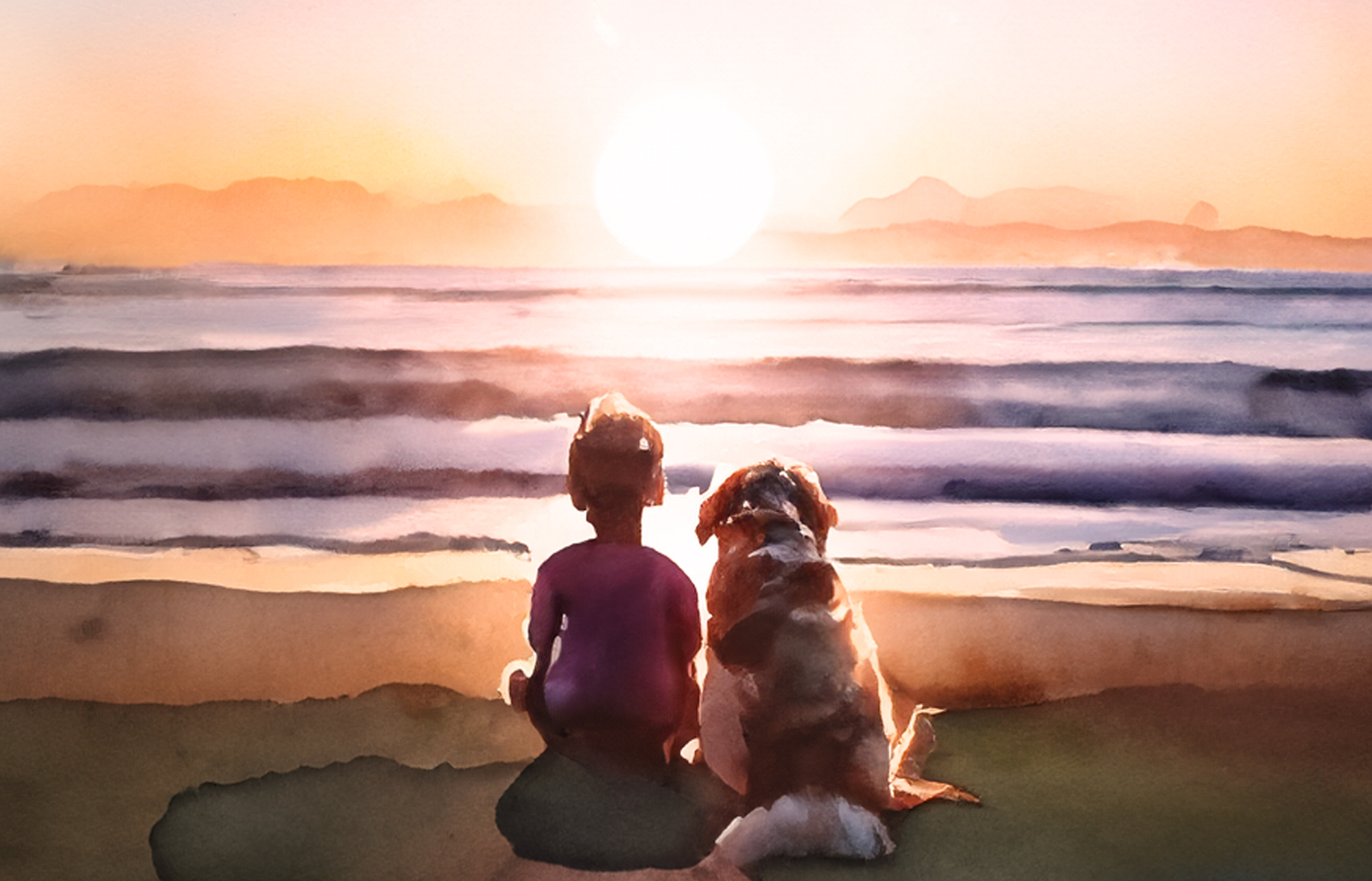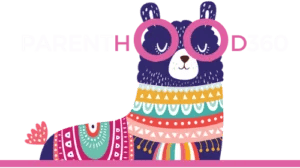Currently Empty: $0.00

Talking to Kids About Pet Euthanasia: Why Honesty Matters
For many of us, our first experience with loss was through a pet. And if you’re anything like me, it probably wasn’t handled with much conversation. Pets “went away” or “went to live on a farm,” and we were left confused, hurt, and unsure what to feel. Fast forward to today, where pets aren’t just “the family dog” — they’re our fur babies, siblings to our kids, and an irreplaceable part of our family story.
So when it comes to helping our children through the passing of a beloved pet, honesty and openness matter more than ever. These conversations might feel scary, but they can also be one of the most valuable lessons in resilience and compassion that we pass on to our kids.
Dr Anna Markey, Lead Palliative Care Veterinarian at Rest Your Paws, works with families every day through this heartbreaking but important moment. As she explains, “The way we handle a pet’s passing can be one of the most valuable life lessons we ever give our children. If we approach it with honesty, love, and preparation, we’re giving them tools for resilience that they’ll carry throughout their lives.”
1. Start the Conversation Early
Kids are smarter than we sometimes give them credit for — they notice changes in their pet long before the final goodbye. You might say: “Remember how Buddy used to chase the ball all day? Now he gets tired quickly because he’s getting old.” Framing it simply helps them understand what’s happening.
Looping in your vet early is also a great idea so you can explain that the medicine is to keep their pet comfortable. That way, when the time comes, children already have a foundation of understanding.
2. Be Clear and Honest
It’s tempting to soften the blow with phrases like “put to sleep,” but for kids, that can create confusion and even fear around sleep itself. Instead, use clear but gentle language:
“Buddy’s body is old and sick and doesn’t work properly anymore. The vet will give him medicine to help his body die without pain, so he isn’t suffering.”
And always remind them — nothing they did or didn’t do caused this. Kids are wired to blame themselves, so reassurance is key.
3. Give Them Choices
Whether or not children should be present during euthanasia is personal — and there’s no “right” choice. What matters is giving them autonomy. If they’d like to be there, prepare them for what it will look like and sound like. If not, give them time beforehand to say goodbye, write a letter, or draw a picture. Even small rituals can make a huge difference.
Dr Anna suggests creative outlets for kids who aren’t present, such as drawing, colouring-in, or writing messages to send with their pet. It allows them to feel part of the process, even if they aren’t in the room.
4. Honour the Bond
Make space for memory-making. This could be a “bucket list” of your pet’s favourite things — one last beach walk, a favourite meal, a special cuddle. Get creative: paw prints, photos, or even planting a tree. These rituals help kids celebrate their pet’s life, not just mourn the loss.
And don’t be afraid to show your own emotions. Telling your child, “I’m sad because I loved Buddy so much,” normalises grief and gives them permission to feel their own.
5. Support Their Grief
Children grieve in bursts. One minute they might be crying, the next they’re playing as if nothing happened. Both are normal. Avoid saying things like “be brave” and instead try, “I miss Buddy too, and it’s okay to be sad.” Keep teachers in the loop, encourage creative outlets, and let them process in their own way. The more they see us modelling healthy grief, the more they’ll learn it’s safe to feel their feelings.
Why This Matters
The death of a pet is often a child’s first brush with mortality. While it’s never easy, it’s also an opportunity to teach them that grief, love, and loss are part of life — and that none of it has to be hidden away.
Dr Anna and the team at Rest Your Paws have seen firsthand how honest conversations can turn a painful goodbye into a meaningful life lesson. As Dr Anna puts it, “Children learn how to process grief by watching us. If we cry with them, if we talk openly, if we show love and sadness at the same time, they understand that grief isn’t something to fear — it’s something to feel.”
If you’re facing this with your family, speak with your vet or connect with Rest Your Paws for guidance and resources. They also offer Comfort Care Packs designed to support families with practical advice and emotional support through the process.
Because while the goodbye is hard, the love and lessons our kids carry forward will stay with them forever.

